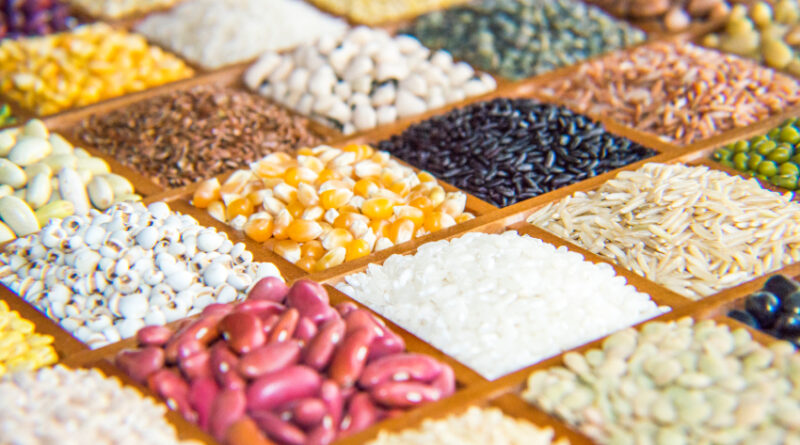Rabi Crop Sowing Surpasses 661 Lakh Hectares; Wheat and Paddy Acreage Sees Growth
The Department of Agriculture & Farmers’ Welfare has released the progress of area coverage under Rabi crops as of 4th February 2025. The total sown area has surpassed 661.03 lakh hectares, reflecting steady growth compared to the previous year. This data highlights a positive trend in the country’s agricultural activities and indicates a promising harvest season ahead.
Wheat, the primary Rabi crop, has been sown over 324.88 lakh hectares, marking an increase from last year’s 318.33 lakh hectares. The rise in wheat acreage is attributed to favorable weather conditions and government support initiatives. Similarly, paddy cultivation has expanded to 42.54 lakh hectares, compared to 40.59 lakh hectares during the previous season.
The area under pulses has also witnessed growth, reaching 140.89 lakh hectares, up from 137.80 lakh hectares in the previous year. The increase in pulses acreage aligns with the government’s efforts to boost domestic production and reduce reliance on imports. Shri Anna and coarse cereals have covered 55.25 lakh hectares, maintaining their significance in India’s agricultural landscape.
However, the oilseeds sector has faced a slight decline in sowing, with the total area recorded at 97.47 lakh hectares, down from 99.23 lakh hectares last year. This drop is attributed to various factors, including weather conditions and market dynamics affecting farmer decisions.
The increase in wheat and paddy cultivation suggests strong food grain production prospects, ensuring food security and price stability in the market. The government’s continued support through Minimum Support Price (MSP) and various incentives for farmers has contributed to this growth.
With Rabi crops playing a crucial role in India’s food supply, the increase in sowing area is expected to contribute to a stable agricultural output in the coming months.
This article has been republished from The Krishi Jagran.

